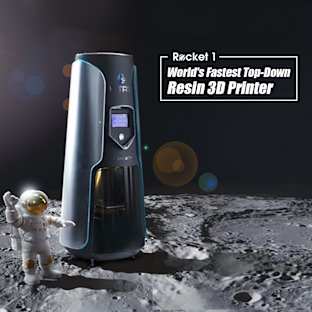The Rava Yamana - A USB midi controller specifically made for VST-Synthesizers.
While most midi controllers are either designed in a one for all or mixer specific design, this midi controller is for VST-Synthesizers. It is aimed to allow the user to design sounds with analog-style VST-Synthesizers as close to hardware as possible.
- DIY-Kit and limited number Ready-to-use devices
- 60 Knobs!
- Analog Synth Style Front Panel helps you to build muscle-memory
- Less screen, more sound
- USB, class compliant, no drivers for Windows, Linux and Mac
- Bus powered
- Configurable via WebInterface - (if needed)
- Easy to build
- Based on Open Deck by Shantea Controls (included)
What We Need & What You Get
You get:
- A DIY Kit with all necessary components
- Complicated electronics are assembled (Open Deck Controller Board)
- Step by Step Build Description Videos
- VST-Synthesizer specific presets for the Rava Yamana downloads via website
- Support Forum
- Important: The print on the frontpanel is NOT final yet. The color of the print and caps on the pots will not be dark red, but white.
Whats up to you:
- 200 Kits/pieces have to be sold to achieve this price. Share, share, share!
- Soldering rotary encoders, potentiometers and connectors
- Screwing stuff together, putting on knobs.
- Sanding and oiling the wooden side pieces.
- You need solder, a soldering iron and a variety of screw drivers.
- No warranty, but our and community support on the build.
-
The Price
To make one controller costs about 500$. Only at a scale of 200 pieces can we lower the price to about half that. We would love to offer it even cheaper, but it is not possible without significant loss of quality. So many rotary knobs and encoders have their price, as well as the front panel, the circuit board etc. Nevertheless at about 4E per knob of this controller, it is not more expensive than other midi controllers.
Risks & Challenges
There are only three types of electronic parts for you to solder: Potentiometers, Rotary encoders and connectors. They all fit only in the correct space. Therefore misplacing components is impossible. Unlike with other electronic kits, where multiple parts look nearly the same, but have to go in special places, this kit is as "Lego" as an electronic kit can be.
Nevertheless, if you use force, or are not careful in some situations you can mess pretty much anything up. You need good eyes and common sense. Building electronics is easy IF instructions are followed 100%. There is no 99% in electronics. It works or it doesn't and it is all up to following the instructions to the letter
Other Ways You Can Help
Share this. It's really important for this project and not just an empty word to put behind everything in the internet.
To find 200 people worldwide who want this is certainly possible. I believe there is really no question about that. The only difficulty is to get the information to them. This is really up to all of us. Share and (send per email too :) )




































